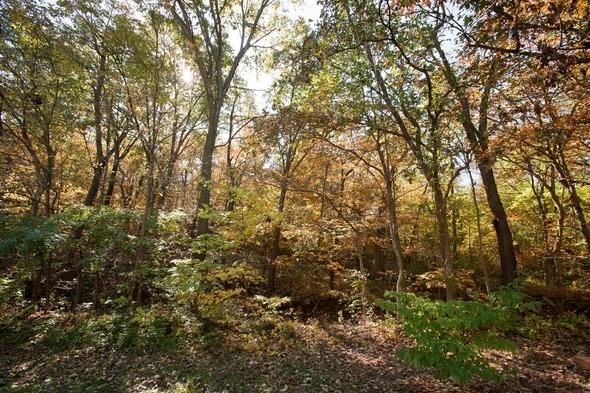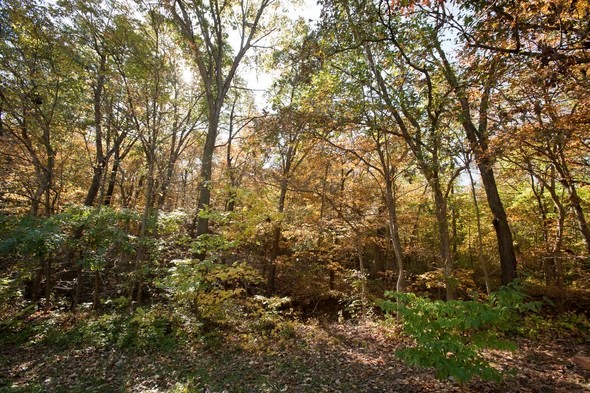
Xplor reconnects kids to nature and helps them find adventure in their own backyard. Free to residents of Missouri.


































Stay in Touch with MDC news, newsletters, events, and manage your subscription

Xplor reconnects kids to nature and helps them find adventure in their own backyard. Free to residents of Missouri.

A monthly publication about conservation in Missouri. Started in 1938, the printed magazine is free to residents of Missouri.


Kansas City, Mo. – Autumn color in western Missouri is taking a page from Midwestern weather, highly variable and subject to change, say foresters with the Missouri Department of Conservation (MDC).
Sometimes trees turn their fall leaves into yellow, red, and purple foliage in a steady progression from late September through October. Peak colors often appear in the third or fourth week of October.
But this year, color change has been erratic. Not unlike recent weeks where October started in the Kansas City with temperatures in the 90s, then dropped into nighttime lows in the low 30s by Oct. 15. Some parts of far northwestern Missouri got two inches of snow on Oct. 14, and the National Weather Service reported snow skiffs that day at the Kansas City International Airport, the earliest snowfall on record in the city.
Yellows and a bit of crimson appeared on trees in early October in the Kansas City area, said Wendy Sangster, MDC community forester. But the stress from dry summer weather also caused many tree leaves to simply turn brown. Then recent rains and wind caused yellow and brown leaves to drop.
“The remaining green leaves and plenty of rain have contributed to a much greener landscape in recent days,” Sangster said.
Though dramatic splashes of orange and red can be seen on some sugar and red maples, Sangster expects the shorter days to bring out more yellows in honey locust, green ash, and hackberry trees that are still holding leaves.
The National Weather Service is predicting several sunny days and cool nights for the Kansas City area in the days ahead, which may help boost fall color. Sugars produced during the warmer days get trapped in the leaves on cool nights and provide reds and purples. Shorter days reduce photosynthesis, green chlorophyll begins breaking down and yellows appear.
In northwest Missouri, fall color arrived early and somewhat dull, said Lonnie Messbarger, an MDC forester based in St. Joseph. Hackberry, ash, cottonwood, and hickory trees are expressing yellows.
“But there are some surprises out there,” Messbarger said. “Scattered sugar maples and white ash also had good color and are for the most part still colorful.”
Many of the sugar maples, oaks, and late-turning hickories are still green but should be turning soon. Weather though dictates when and how intense the colors appear.
“This is the group that is going to be hard to predict right now due to the drought, followed by too much rain, snow and cold temperatures,” Messbarger said. “Normally cool nights and sunny days mixed with adequate moisture produce the best color. But we’ve had very little of that, and what we’ve had has been compressed into the last three weeks. And temperatures below freezing usually either mean quick lackluster colors or really good colors but quick to fade.”
Some of the better places to see fall color are highways that follow river valleys. Wooded bluffs often have a variety of trees and color. Sometimes, older urban neighborhoods hold trees with large oaks, maples, and sycamores that get very showy in autumn.
MDC conservation areas offer good places to hike, and some sites are within cities. To find an MDC area near you, visit https://nature.mdc.mo.gov/discover-nature/places.
For an update on fall color changes throughout Missouri, and regional suggestions on where to see autumn color, visit https://nature.mdc.mo.gov/discover-nature/fall-colors.